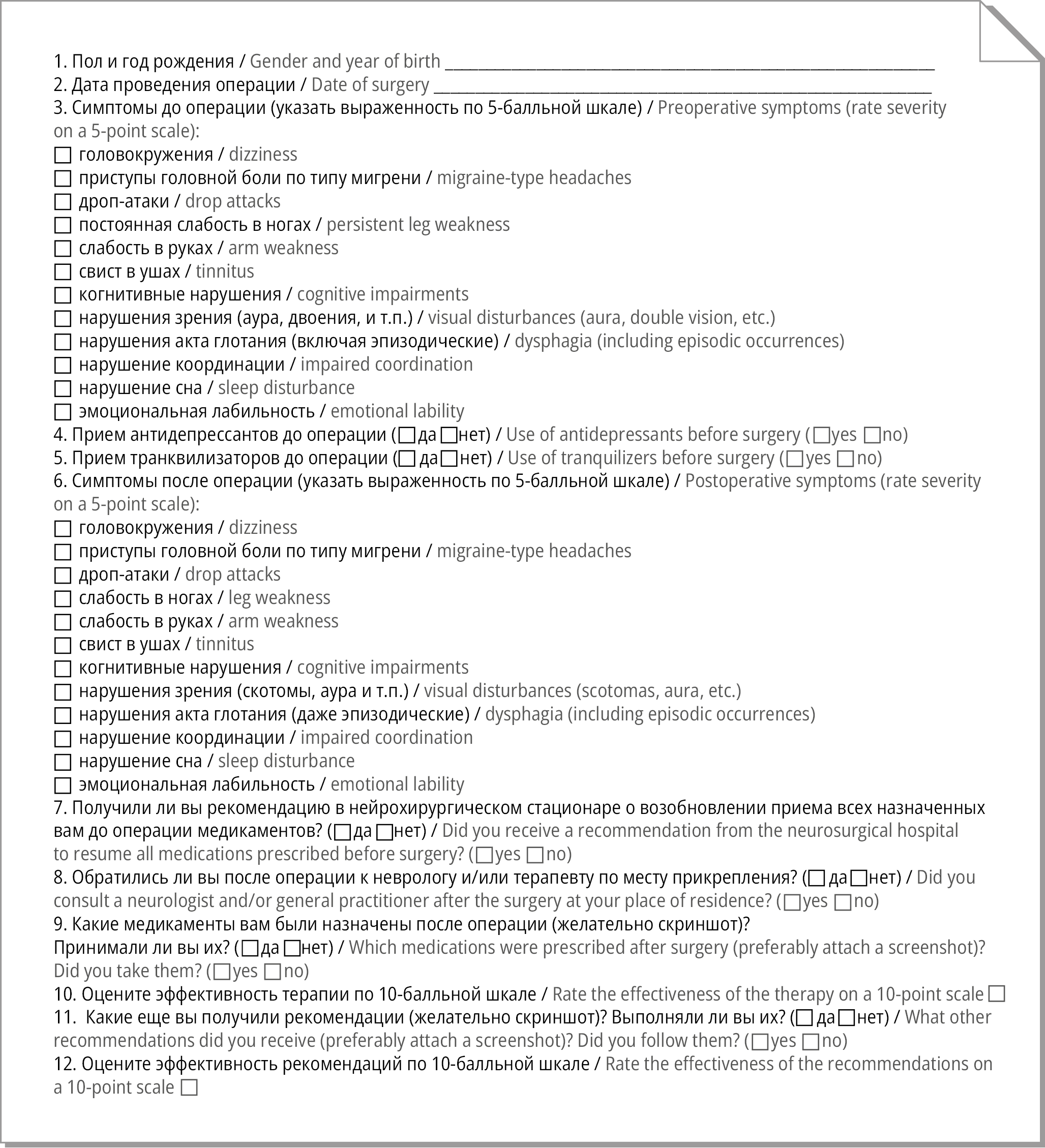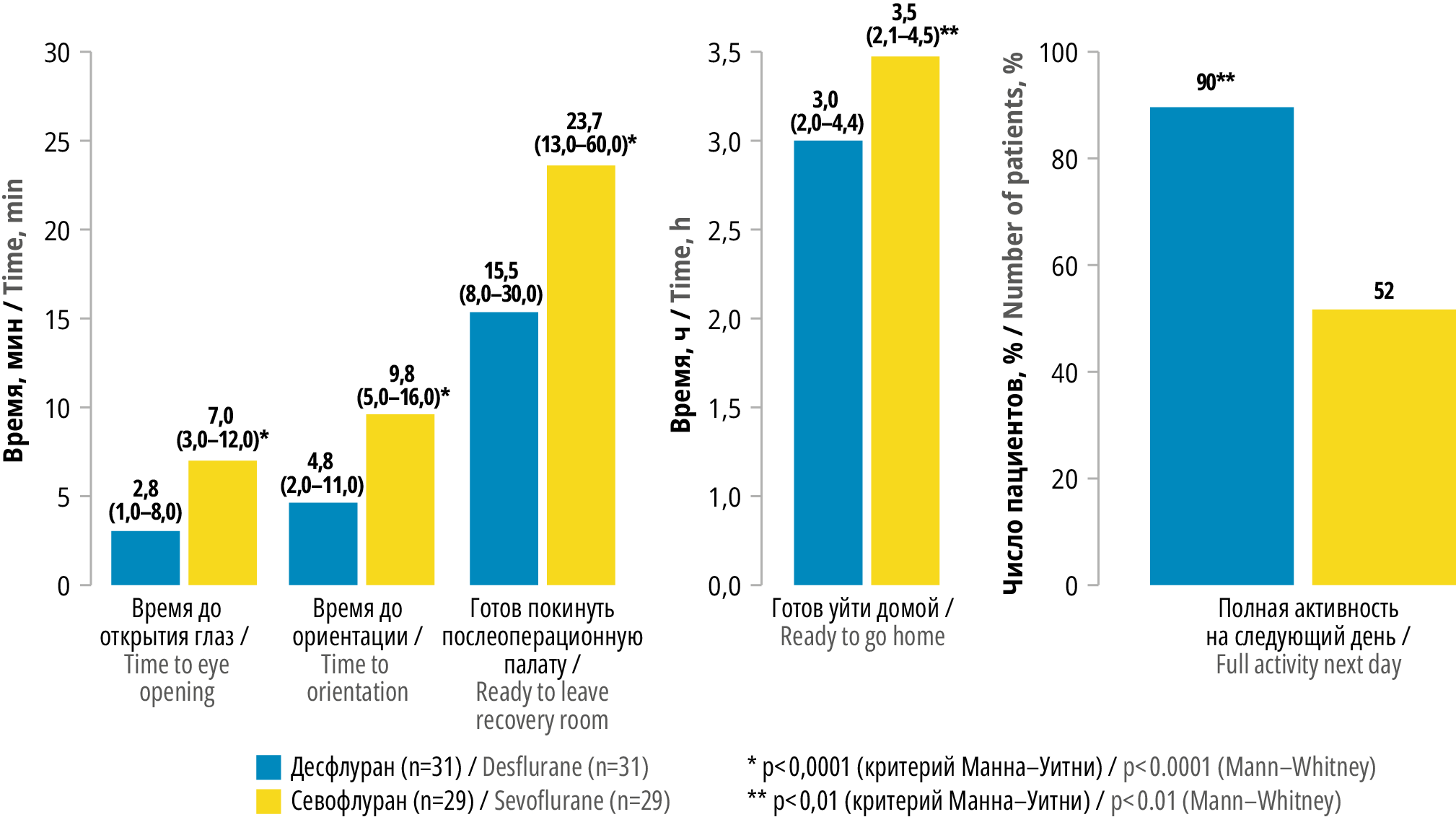
"Journal of Medical Rehabilitation" is a scientific and practical peer-reviewed journal for medical professionals. Our aims and priorities include scientific and information support to the members of the "professional community" in their pursuit of new ideas in clinical research. The "Epilepsy and Paroxysmal Conditions" journal is proud to contribute to the continuing medical education (CME) of recent medical graduates and other experts in neurology, instrumental examination, therapy, pediatric, neonatology, rehabilitation and related fields.
"Journal of Medical Rehabilitation" was founded in 2023.
The journal publishes scientific papers on clinical studies, as well as reviews and case reports.
Languages: Russian, English
Periodicity: 4 issues per year (quarterly).
The printed versions are distributed under the Creative Commons Attribution 4.0 License: full-text materials are freely available to the public in an open access repository.
Distribution of the printed version: Russia, the Eurasian Economic Union (EAEU - Belarus, Kazakhstan, Kyrgyzstan, Tajikistan, Uzbekistan, Armenia, Moldova).
The editorial board of "Journal of Medical Rehabilitation" includes distinguished experts and opinion leaders from Russia, Belarus, Moldova, Georgia, Kazakhstan, Uzbekistan and Tajikistan.
The editorial team of this journal maintains the policy of full compliance with all principles of publishing ethics. Our ethical standards and codes conform to those of top international science publishers.
All submitted materials undergo a mandatory double-blind peer review.
Media Certificate of Registration: ПИ № ФС 77-86169
Current issue
ORIGINAL ARTICLES
Background. Surgical treatment remains the primary method of radical therapy for early-stage female cancers. However, it may be accompanied by complications associated with post-ovariectomy syndrome and distress. These complications, including sexual dysfunction as well as physical and psychosocial disorders, negatively impact patients’ quality of life and professional activity, which highlights the need to develop effective rehabilitation strategies aimed at restoring working capacity after treatment.
Objective: To assess the impact of different rehabilitation programs on the return to work among female patients following surgical treatment for early-stage cervical cancer (CC) and endometrial cancer (EC).
Material and methods. A prospective longitudinal study included 164 adult women aged 18 years and older with stage IA/IB CC and stage I/II EC. The patients were divided into the following groups: CC-1 (n=51) and EC-1 (n=29) – who underwent a full course of comprehensive "active" rehabilitation, including lifestyle modification, physiotherapy, psychological support, and other interventions within 12 months after radical surgical treatment; CC-2 (n=52) and EC-2 (n=32) – who underwent a "passive" rehabilitation, i.e., received recommendations in accordance with the current clinical guidelines at the time of study enrollment. Follow-up was performed at 24 and 36 months following surgery.
Results. In the groups that underwent comprehensive "active" rehabilitation, patients returned to work earlier compared to those undergoing "passive" rehabilitation, starting from the third month of follow-up. At 36 months after surgery, all patients in the CC-1 group and 90.9% of patients in the EC-1 group returned to work, whereas only 66.7% in the CC-2 group and 55.6% in the EC-2 group returned. The likelihood of returning to professional activity was significantly higher in the CC-1 and EC-1 groups compared to the CC-2 and EC-2 groups (OR 0.467, 95% CI 0.309–0.706, p<0.001 vs. OR 0.548, 95% CI 0.440–0.684, p<0.001, respectively).
Conclusion. Personalized comprehensive rehabilitation programs significantly increase the likelihood of recovery of work capacity and accelerate this process in female patients following surgical treatment of gynecologic cancers. The findings support the importance of comprehensive "active" rehabilitation for social reintegration and improved long-term outcomes. Further research should focus on optimizing the components of such programs and integrating them into routine clinical practice.
Background. Recovery challenges in patients following cervical spine surgery, particularly vertebral artery decompression in Kimmerle anomaly, are of great scientific and practical interest. This includes developing solutions based on the analysis of clinical practice and doctor-patient communication.
Objective: To investigate adaptation and recovery challenges in patients with Kimmerle anomaly following surgical treatment and propose solutions.
Material and methods. The analysis of patients’ post-surgery rehabilitation was conducted. This included patient E.M. Rozanova’s case, who kept a recovery diary, as well as survey data from operated patients.
Results. Main postoperative rehabilitation challenges were identified, i.e., the need to adapt to altered blood flow, psychological difficulties, lack of standardized recovery protocols, and limited access to rehabilitation programs, especially for patients with vestibulo-ataxic syndrome. Proposed solutions include patient questionnaires to develop individualized rehabilitation plans, consultations with psychiatrists and psychologists prior to and following surgery, and the development of specialized physical therapy programs including vestibular exercises and habilitation techniques (e.g., recreational swimming).
Conclusion. Surgical treatment of Kimmerle anomaly requires an integrated rehabilitation approach that takes into account neurological, psychological, and social aspects. Further research and development of clinical guidelines are necessary to improve patients’ quality of life. Proposed measures may accelerate patients’ recovery and minimize their postoperative complications.
Background. Vulvovaginal atrophy (VVA) leads to sexual dysfunction and reduces the overall quality of life of affected women. At the same time, the development of individual rehabilitation programs for women with VVA remains challenging.
Objective: To study the profile of hygienic factors contributing to better control of VVA manifestations.
Material and methods. The study included 110 women with VVA of different etiologies. A questionnaire was developed to identify the connections between VVA and hygienic factors, to establish the nature and cause of clinical manifestations, and to determine the profile of measures and means used in personal vulvar hygiene.
Results. Of 110 women, 72 (65.5%) complained of vulvar itching. An analysis of the frequency of hygiene procedures and used intimate hygiene products revealed that 23.6% of the studied women wash once a day, 55.5% use special intimate gels for vulvar hygiene, and 20.0% prefer synthetic underwear.
Conclusion. The study revealed a significant proportion of VVA patients to be non-compliant with hygiene recommendations. Maintaining vulvar hygiene is one of the key factors contributing to the control of VVA manifestations. Proper information and compliance with hygiene recommendations can significantly affect the effectiveness of rehabilitation programs for women with VVA.
REVIEW ARTICLES
Rehabilitation after plastic surgery in gynecology plays a key role in restoring patients’ physical and psychological condition as well as in achieving positive results of surgical intervention. An integrated approach to recovery aims to accelerate healing processes and includes physiotherapy, medication support, nutritional therapy, and therapeutic exercises. In addition, rehabilitation measures contribute to the normalization of pelvic organ functions, improve blood circulation, and reduce postoperative discomfort. Special attention is paid to the emotional state of the patients, which helps to improve their quality of life and ensure successful adaptation to the changes. Thus, properly organized rehabilitation is an important component of integrated treatment which helps to achieve full recovery of health and functionality. This paper presents general principles and rehabilitation methods used in plastic surgery in gynecology at different stages of care.
Modern medicine has achieved substantial progress in the treatment of diseases previously considered incurable. In this regard, a serious problem is posed for academia, i.e., to restore patients’ lost health. One of the medical technologies contributing to a pos- sible solution to this problem is hyperbaric oxygenation. This treatment method has been used in medicine for a long time and is considered one of the most effective means for patients’ treatment and rehabilitation within complex therapy. The literature review presents historical aspects of the development and implementation of hyperbaric oxygenation, mechanisms of its therapeutic effect, and the equipment it needs as well as provides updated data on its indications, contraindications, safety, and effectiveness.
Advances in medical science and healthcare allow patients to almost completely restore lost health after injuries or significantly reduce the severity of pain in other nosologies. Kinesio taping is one of the methods making it possible to achieve these goals. The literature review analyzes the effectiveness of kinesio tapes in prevention, treatment, and rehabilitation of patients with a wide range of diseases. Types and techniques of application of such tapes are observed, action mechanisms of kinesio taping are given, and its possible clinical applications are presented.
Landscape therapy and climatotherapy are two of the most conservative methods of restoring patients' lost health. Solutions to the existing problems in this area have recently been suggested by introducing new highly effective rehabilitation methods. However, this approach has limitations, which calls attention to conservative rehabilitation methods with a reassessment of their importance and a shift of the emphasis towards an evidence-based medicine. The review provides information on the action mechanisms of landscape therapy and climatotherapy and presents a number of randomized controlled trials (RCTs) confirming the effectiveness of these rehabilitation methods. The expediency of supplementing the existing rehabilitation programs with a balneotherapy course is shown and the need for additional RCTs to study the effectiveness of landscape therapy, aerotherapy, heliotherapy, thalassotherapy, and speleotherapy in the rehabilitation of patients is given.
ISSN 2949-5881 (Online)









